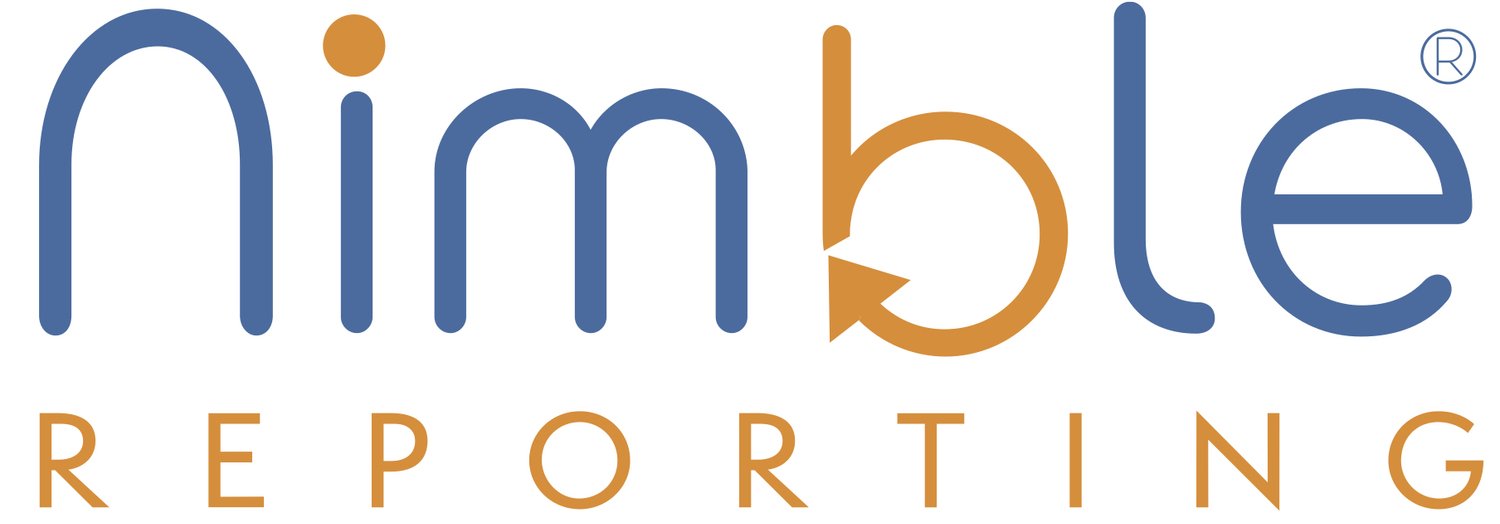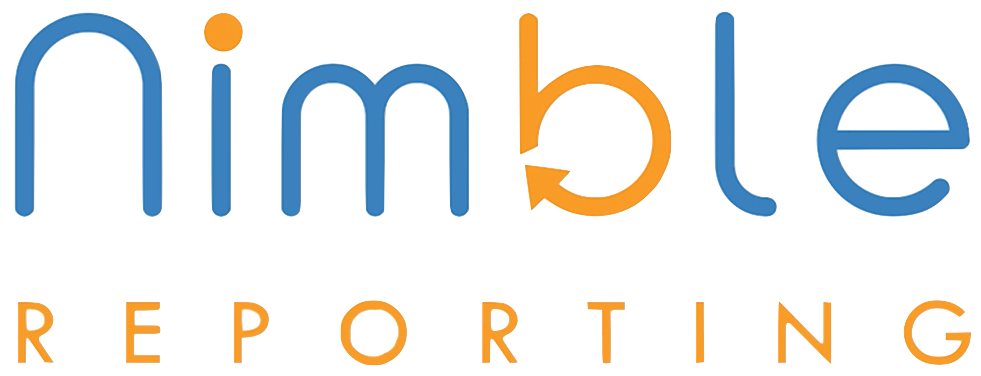How to Simplify Global Payroll Management for Business Expansion
These days, business expansion is borderless. We are selling to more people in more places than ever before. The internet and ecommerce is proof-positive of this. So, many companies need a presence everywhere they sell to close deals, to handle vendors, to support customers. That means payroll and if you’ve never come up against international payroll, it can be a bear with different laws and regulations depending on the country. So here is a guide to ensure that at the very least you have the right beginnings of the story.
Expanding a business into new international markets presents exciting growth opportunities, but it also brings complex challenges—one of the most significant being global payroll management.
Navigating the intricacies of different tax laws, currencies, and compliance requirements can overwhelm even the most seasoned HR and finance teams.
By adopting the right strategies and leveraging advanced payroll solutions, businesses can simplify this critical function, ensuring smooth operations and regulatory adherence as they scale globally.
In this guide, we’ll explore key steps to streamline global payroll management and support seamless business expansion.
What is a Global Payroll Management?
The Global Payroll Management system is a solution implemented by organizations to remunerate their global workforce based within diverse nations.
This system aptly calculates salaries, assesses relevant taxes, and adheres to local labor legislation.
Such requirement arises as organizations broaden their presence globally, giving rise to the need to effectively oversee payroll tasks across territorial boundaries.
The procedure includes several segments such as accumulating data on employee work hours, processing remunerations in a variety of currencies, and ensuring the legality of all transnational transactions.
Understanding Global Payroll Complexities
Managing a global payroll involves navigating varying labor laws and regulations, dealing with currency fluctuations, and addressing data security and privacy concerns.
These complexities can pose significant challenges for businesses expanding internationally.
Varying Labor Laws and Regulations
Different nations across the globe maintain unique labor laws and regulations. This assortment of rules influences how companies administer payroll for their international workforce.
As an illustration, the rate of minimum wage significantly differs from country to country. In France, the minimal wage is quite generous compared to other nations. Moreover, the working
duration can fluctuate enormously.
Some locations restrict the working week to 35 hours, while others permit up to 48 hours or more.
Currency Fluctuations and Exchange Rates
Modern businesses face considerable challenges in managing worldwide payroll due to the volatility of currency exchange rates.
These rates can fluctuate rapidly because of numerous elements such as global events, economic updates, and market tendencies.
As a result, organizations operating globally might notice substantial variations in employee pay from one pay cycle to another.
Companies need to keep a close eye on these fluctuations, refining their payroll calculations to ensure accurate payment to their international teams.
Data Security and Privacy Concerns
After debating over currency fluctuations and exchange rates, it’s essential to focus on data security and privacy issues in international payroll management.
Handling payroll for a workforce spread across diverse nations enhances the likelihood of data violations.
Firms must shield confidential data such as bank particulars, social security numbers, and staff addresses from cybercriminals.
They also have a responsibility to meet international data protection regulations like GDPR in Europe.
Securing the safety of this data requires potent encryption methods and secure cloud-based technology. Consistent audits assist in detecting any probable weak spots within the system.
Steps to Simplify Global Payroll Management
To streamline global payroll management, businesses can centralize payroll systems and harness automation and technology.
Outsourcing payroll management and ensuring compliance with local laws are also crucial steps.
1. Centralize Payroll Systems
Global businesses with intricate payroll operations can simplify their processes by centralizing payroll systems.
This method enables consistent management of employee pay across different countries, optimizing efficiency and control while ensuring compliance with local laws and regulations.
Through the consolidation of payroll functions into a single system, businesses can streamline data management, standardize reporting, and enhance overall accuracy.
2. Leverage Payroll Automation and Technology
Payroll automation and technology play a crucial role in enhancing global payroll operations. By utilizing cloud-based technology, businesses can improve payroll accuracy and efficiency.
Automation tools assist in effectively handling multicountry payroll complexities, including currency fluctuations and compliance features.
Integration with HR systems enables comprehensive reporting and analytics capabilities, facilitating strategic decision-making for international payroll management.
3. Outsource Payroll Management
Transitioning from utilizing payroll automation and technology, businesses can streamline their global payroll management by considering outsourcing.
Outsourcing payroll management to a trusted third-party provider can ease the burden of managing complex international payrolls in-house.
This approach allows businesses to tap into specialized expertise, stay updated with evolving compliance features, and ensure smooth cross-border payroll operations.
By entrusting this critical function to a global payroll provider, companies can optimize efficiency and accuracy while managing the risks associated with international payrolls internally.
4. Stay Compliant with Local Laws
To ensure compliance with local laws, it’s essential to thoroughly understand and adhere to the labor regulations and taxation requirements in each country of operation.
Keeping pace with labor laws, tax codes, and reporting requirements can be challenging, especially when operating in multiple countries.
However, non-compliance can lead to hefty fines and legal ramifications. Using a global payroll provider is crucial for staying compliant.
These providers specialize in navigating complex international regulations while ensuring accurate payroll processing.
5. Use a Global Payroll Provider
A global payroll provider can optimize your international payroll operations. By harnessing their expertise, you can navigate complex compliance requirements in different countries effectively.
These providers offer cloud-based technology, ensuring flexibility and streamlined cross-border payroll management.
Through their integrated systems, reporting and analytics capabilities are improved, enhancing your overall global payroll strategy.
Key Considerations for Choosing a Global Payroll Solution
When selecting a global payroll solution, prioritize scalability and flexibility to accommodate future business growth.
Make sure the chosen solution seamlessly integrates with existing HR systems for efficient cross-border payroll management.
Scalability and Flexibility
Global payroll management for business expansion necessitates a solution capable of growing with your company’s expansion and adjusting to diverse global requirements.
As your operation expands into new countries, the ability to smoothly integrate additional entities into the payroll system becomes crucial.
A flexible global payroll solution should accommodate varying employment structures, currencies, and compliance needs across different regions without compromising efficiency.
Integration with HR Systems
Global payroll integration with HR systems is crucial for smooth data flow between the two essential functions.
By integrating payroll and HR systems, businesses can improve accuracy and efficiency in managing employee data, ensuring compliance across multiple jurisdictions, and simplifying processes.
This integration allows for a unified view of workforce information, simplifying tasks related to onboarding, offboarding, and changes in employee details.
Using integrated solutions also provides better visibility into labor costs, aiding strategic decision-making for global expansion.
Reporting and Analytics Capabilities
Global payroll solutions must offer strong reporting and analytics capabilities to provide valuable insights into payroll operations.
These tools enable businesses to track key metrics such as payroll accuracy, compliance features, and international payroll management efficiency.
Reporting and analytics also facilitate informed decision-making by offering real-time visibility into cross-border payroll processes and highlighting areas for optimization.
By using these capabilities, businesses can streamline global payroll operations for enhanced performance and strategic planning.
Customer Support and Service
Global payroll management comes with its intricacies, and reliable customer support and service are crucial for addressing any issues that may arise.
A global payroll provider offering responsive customer assistance ensures immediate help in navigating varying labor laws, addressing currency fluctuations, and managing data security concerns.
Effective customer service also plays a vital role in assisting businesses to maintain compliance with local regulations while leveraging advanced technology for payroll operations.
Best Practices for Global Payroll Management
Regular audits of payroll processes are crucial. HR and finance teams should receive training on global payroll standards.
Regularly Audit Payroll Processes: Regularly reviewing payroll processes is essential to ensure accuracy and compliance. By conducting routine reviews, businesses can identify and resolve discrepancies, reducing the risk of costly errors.
Train HR and Finance Teams on Global Payroll Standards: Train your HR and finance teams to ensure they comprehend global payroll standards. Provide comprehensive training on compliance with varying labor laws, currency fluctuations, data security, and privacy concerns.
Implement a Clear Communication Strategy with Global Teams: To guarantee efficient global payroll management, it is indispensable to establish a transparent communication strategy with your global teams. Leveraging cloud-based technology and compliance features, businesses can streamline their payroll operations across multiple countries.
How Do I Choose Between Outsourcing Global Payroll vs Using an In-House System?
When deciding between outsourcing global payroll and using an in-house system, businesses should consider several factors.
Outsourcing can provide access to expertise in international payroll regulations and compliance, reducing the burden on internal teams.
It also offers scalability and flexibility for companies expanding globally. On the other hand, using an in-house system allows for greater control over processes and data security.
Additionally, it may be more cost-effective for some organizations with specific needs or limited expansion plans.
How Do I Monitor and Improve Global Payroll Accuracy and Efficiency Over Time?
To monitor and improve global payroll accuracy and efficiency over time, regularly conduct audits of payroll processes. Implement a strong system to track discrepancies and promptly rectify errors.
Incorporate advanced payroll automation technology to streamline operations, minimize manual errors, and enhance overall accuracy.
Stay proactive in updating compliance features to align with changing labor laws and regulations across different countries.
Maintain clear communication channels between global teams for efficient coordination in managing multi-country payroll operations.
Employ reporting and analytics capabilities to identify trends, anomalies, or areas for improvement within the global payroll system.
Continuously train HR and finance teams on evolving global payroll standards for enhanced accuracy.
Final Thoughts
Simplifying global payroll management is crucial for businesses expanding internationally. To improve operations, centralize payroll systems and use automation technology.
Outsourcing can also help reduce the burden and ensure compliance with local laws. Regularly auditing processes, training teams, and clear communication are essential best practices.
Choosing the right global payroll solution can make a significant difference in simplifying cross-border payroll challenges.


